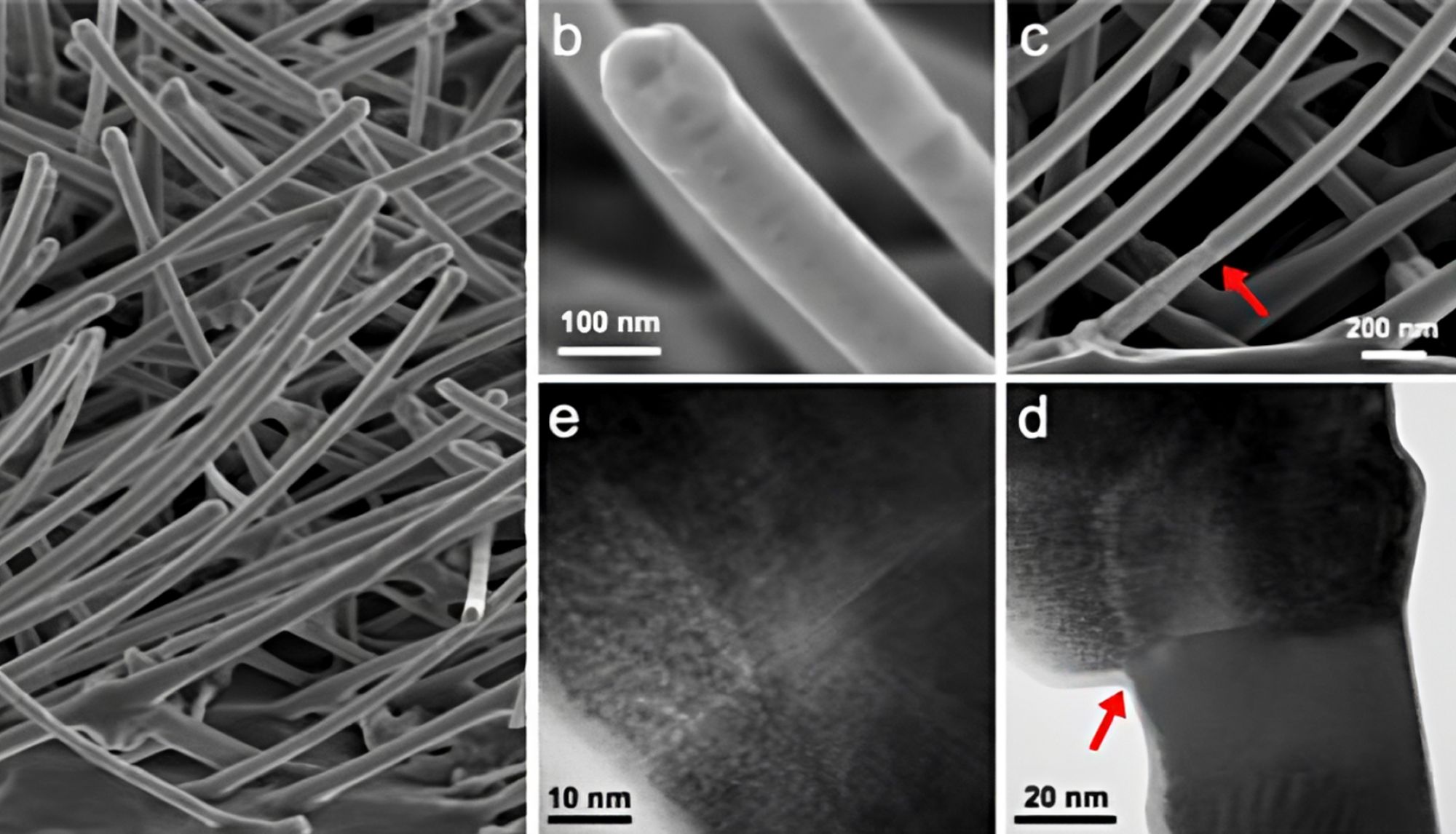Inducing magnetism into topological electronic matter is a long-sought goal. It bears the promise to realize novel time-reversal symmetry broken topological electronic states such as the anomalous quantum Hall insulator, axion insulator, and antiferromagnetic topological insulator, each hosting unique boundary modes. In this paper we report such attempt, i.e., the growth of (EuIn)As shells over InAs and InAs1−xSbx core nanowires. The experimental results are supported by molecular dynamics simulations performed at the Institute of Physics Polish Academy of Sciences, which predict how the coverage of nanowires with Eu and As atoms depends on their crystal structure. The shells have unique crystal structure comprised of a dense net of Eu planes situated in-between As atomic layers, like in the EuIn2As2 crystal, and causing insertion of InAs atomic layers stacking. This is imaged with atomic and elemental resolution which reveal a prismatic configuration of the Eu planes.
Bulk EuIn2As2 orders antiferromagnetically below a Néel temperature of 16 K. It is a type A antiferromagnet with As-Eu-As ferromagnetic layers that order antiferromagnetically among themselves. It was predicted to become an axion insulator within the antiferromagnetic phase. In all nanowires with (EuIn)As shells local magnetic and susceptibility mappings show magnetic response, while in a subset a DC signal points to ferromagnetic order. These provide a mechanism for enhancing Zeeman responses, operational at zero applied magnetic field. Such properties suggest that the obtained structures can serve as a preferred platform for time-reversal symmetry broken one-dimensional states including intrinsic topological superconductivity.
